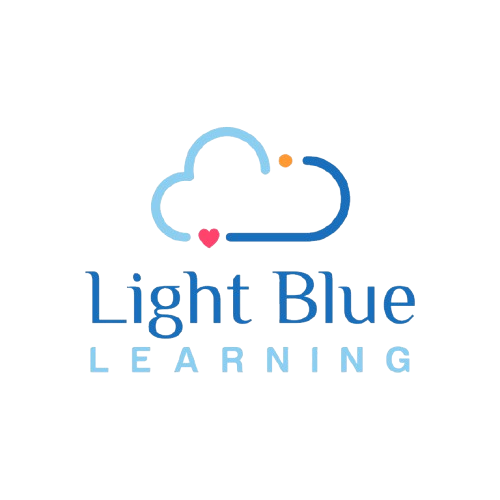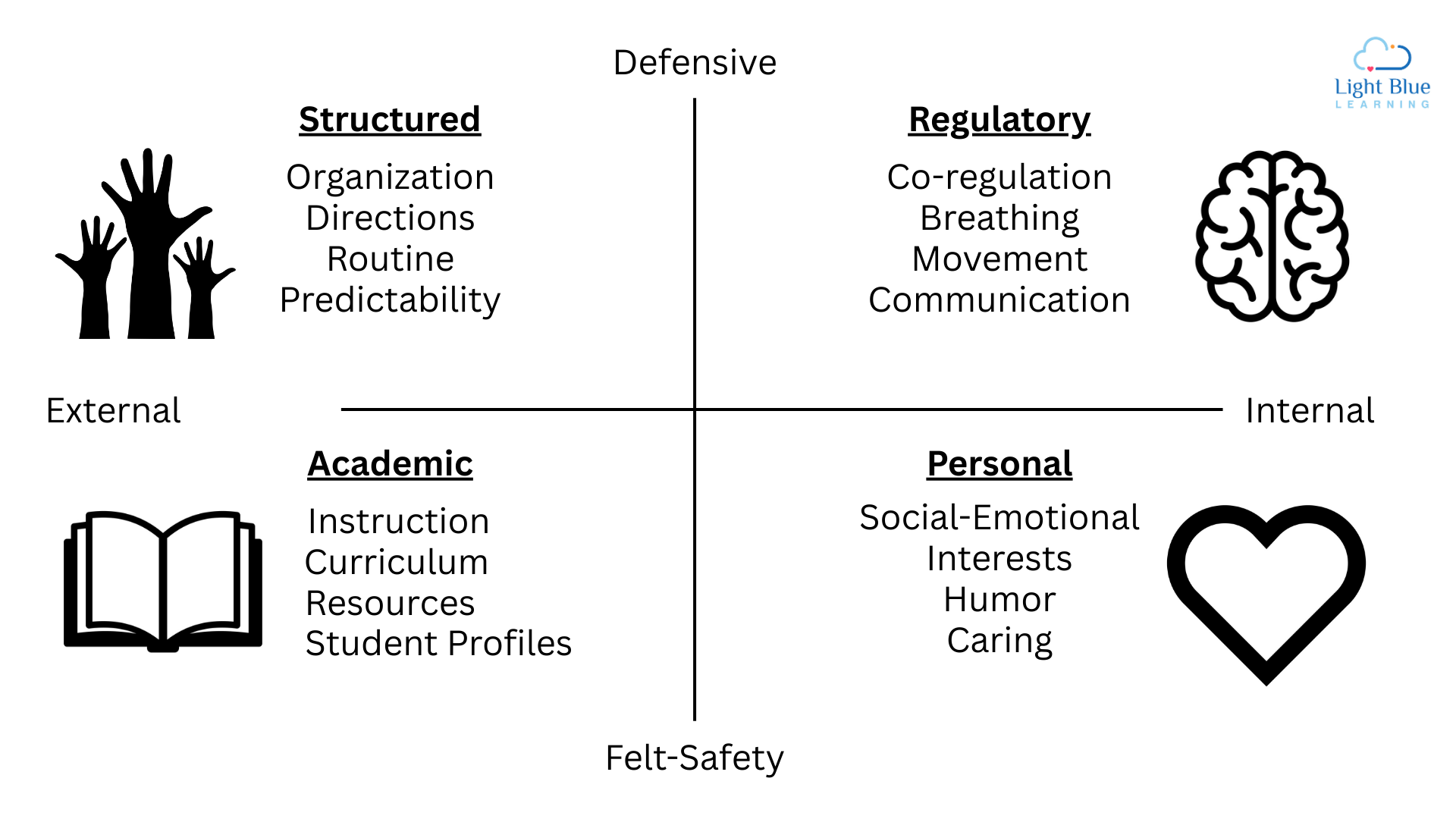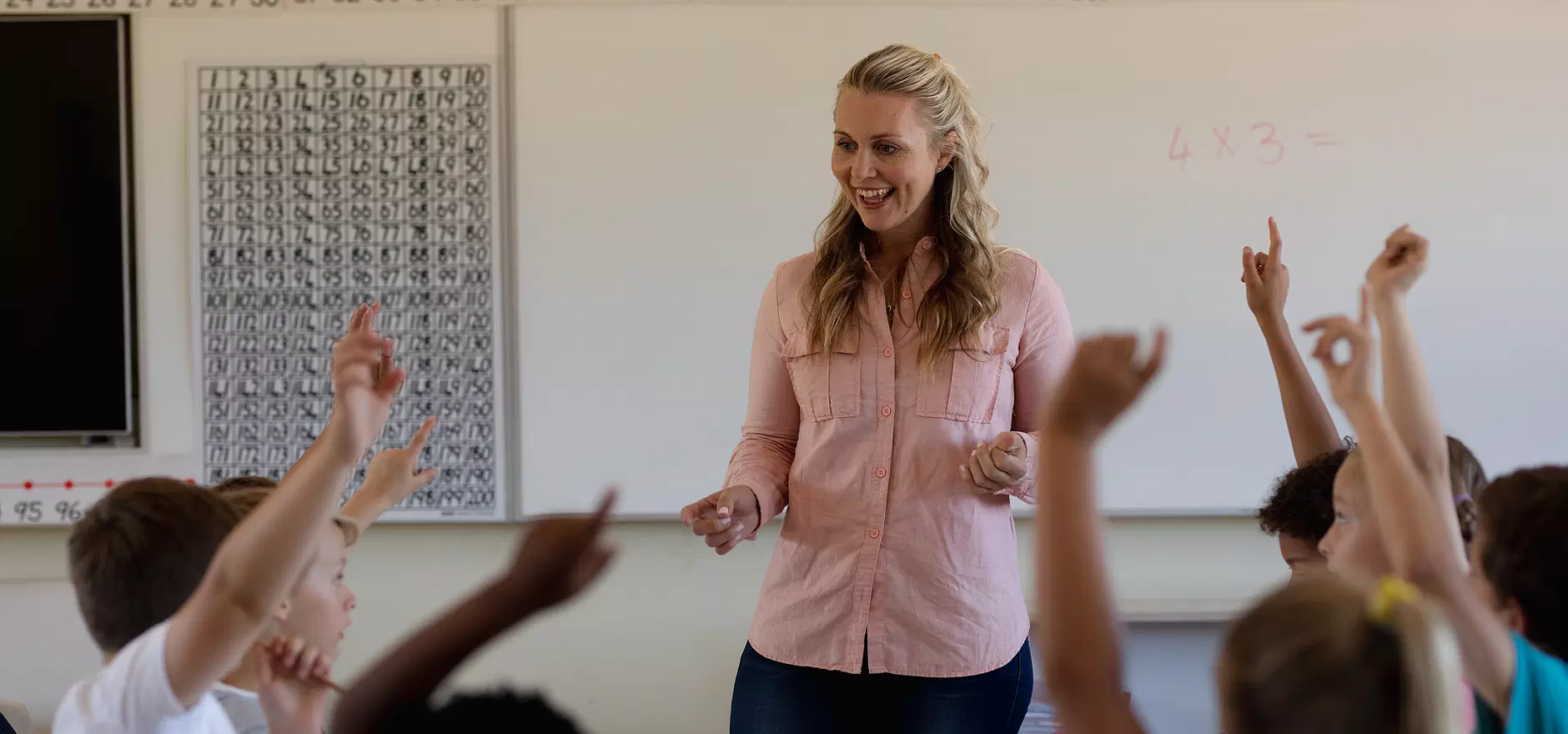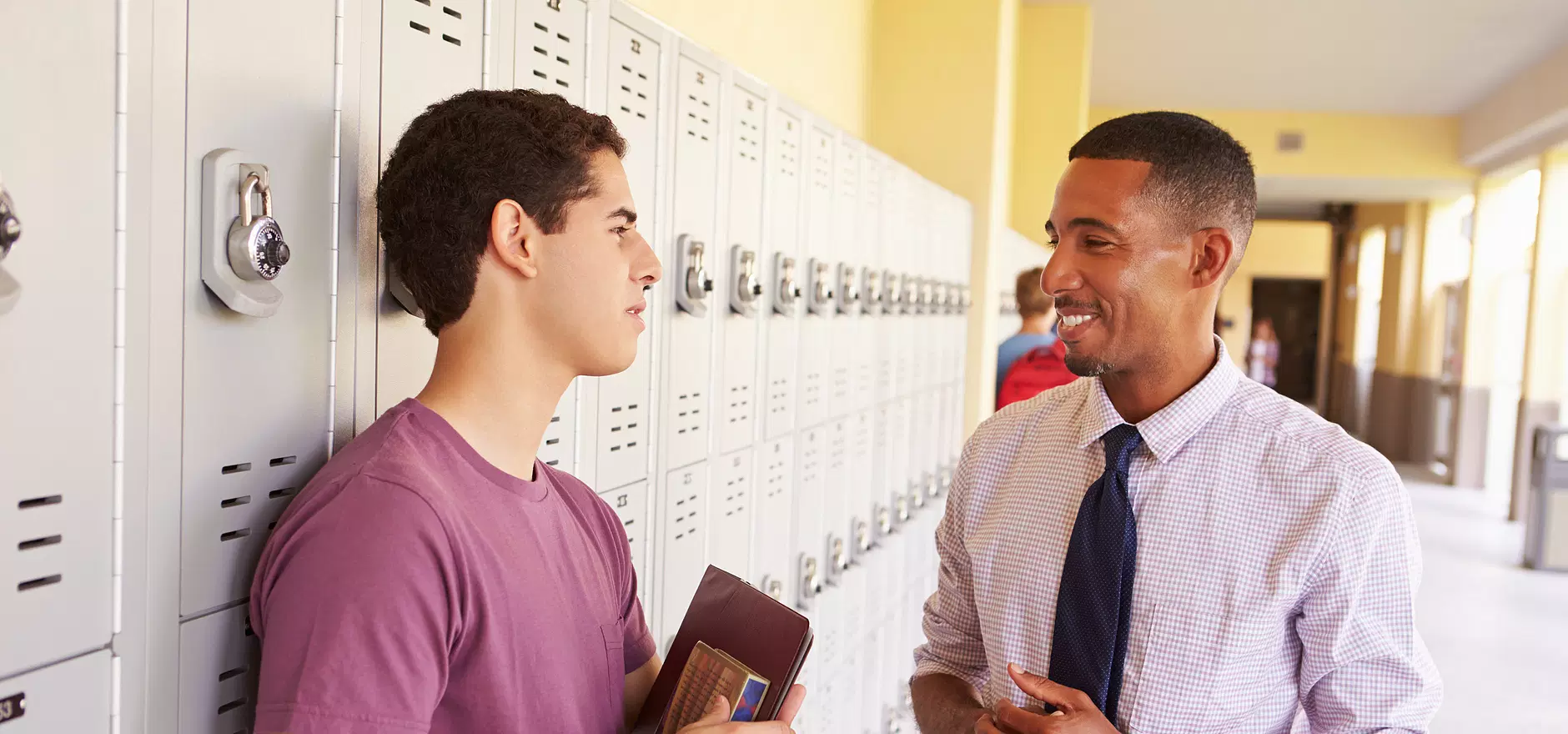What is the SPAR Classroom Management Style Quiz for K12 Teachers?
The SPAR Personality Quiz is Light Blue Learning's reflection tool for K12 teachers. It provides insight into your classroom management style so that you can:
- Understand your teaching style better,
- Match appropriate strategies to a student’s behavior better,
- Build your confidence, and
- Increase your well-being as well as your students’ well-being.
If a student has experienced trauma during their first 3 years of life, and has continued to experience adverse life experiences, it is unrealistic to expect that a student will heal from the effects on their nervous system overnight. A teacher may wonder how they can even make a dent in this especially since they are not psychologists. However, each interaction a teacher has with a student is a touchpoint, an opportunity to provide a healing experience. This is actually good because a human suffering from developmental trauma needs exposure to small, repeated healing experiences.

OVERVIEW OF THE MODEL
Relationships are the core of learning AND teaching. A relationship is between two humans: teacher and student. A young person must feel safe and secure in order to learn.
A teacher can do this in 4 ways:
- By structuring classroom space and procedures (Structured)
- By getting to know the students individually (Personal)
- By adapting curriculum and instruction (Academics)
- By responding to students’ body states (Regulatory)
These approaches are organized into 4 quadrants ranging from calm to unsettled and from internal to external cues. Depending on the student, the situation and background information, a teacher can apply 1 or all 4 strategies, with the goal being to make the student feel calm and safe.
STRUCTURED
The Structured domain is the nature of being organized and providing boundaries. It encompasses clear communication, routines and keeping order within the classroom. Predictability and consistency make the brain feel safe.
MORE
PERSONAL
The Personal domain is about meeting the social-emotional needs of the student. This domain is about getting to know the student on a personal level and sharing a teacher’s own personal experiences. It involves how the students get along with peers and how they experience emotions.
MORE
ACADEMIC
The Academic domain is the traditional sense of teacher. This includes the curricular resources, instructional strategies and assessment practices that a teacher can adapt to a student’s learning style and needs. Helping a young person learn makes that young person feel secure. Therefore, it is important to be able to adapt learning to that student.
MORE
REGULATORY
The Regulatory domain relates to the brain and nervous system. Understanding developmental trauma and how the brain processes information are lenses a teacher can use to apply strategies to help students learn. The key is seeing the young person as human.
MORE





